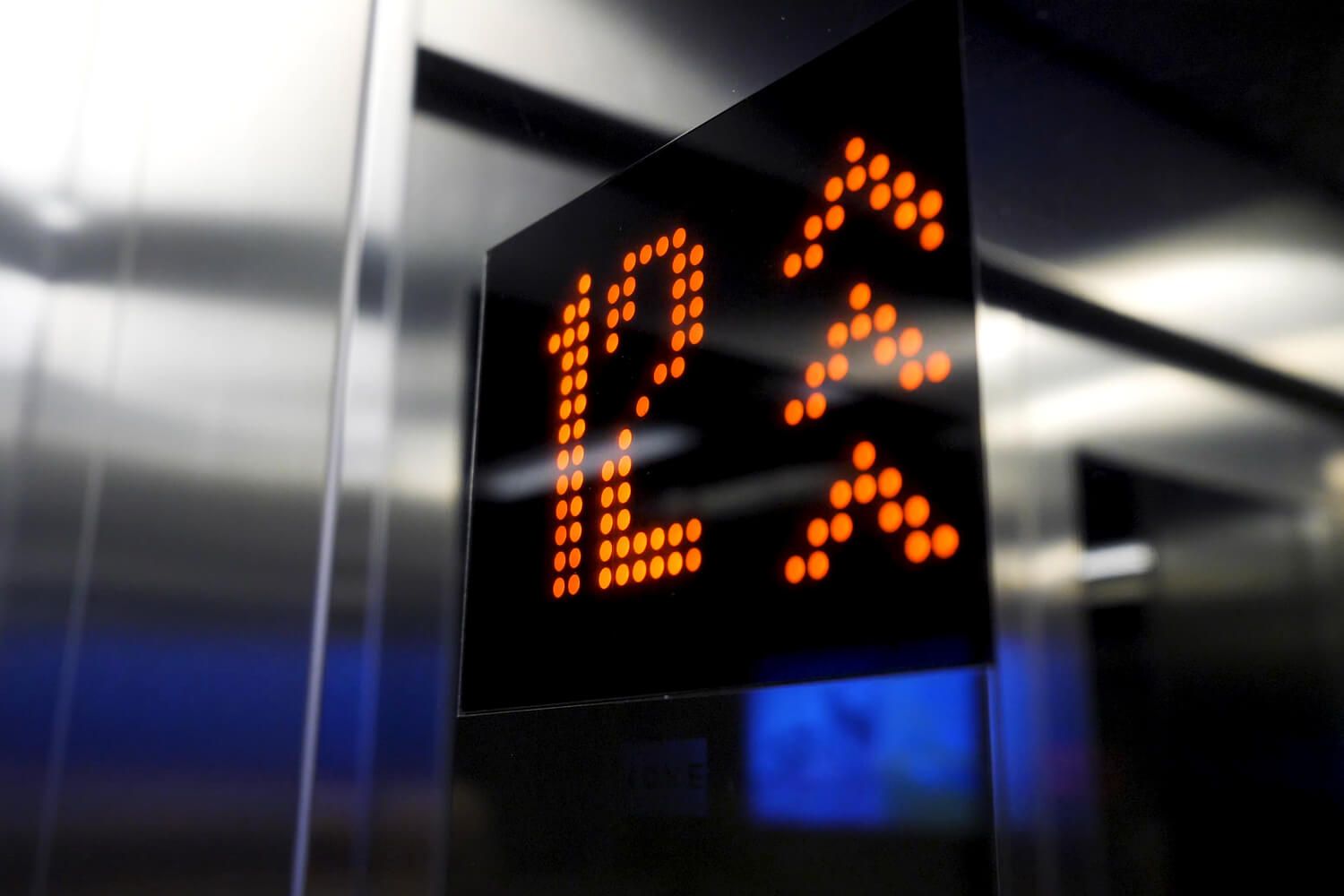Did you know that until 1950, all elevators had operators who opened and closed the doors, pushed the buttons, and gave everyone a sense of security?
When elevators began being installed without operators, people were wary of the new technology and reluctant to ride in elevators.
It took a couple of decades to figure things out, and by 1976, emergency call buttons (in the form of an elevator emergency phone handset) became mandatory. We’ve come a long way since then, and this article shares the latest communication technology available in today’s modern elevator telephone phone solutions.
Programmable Telephones
The first elevator phones were mounted on the wall of the elevator, and passengers would dial a number listed near the device. Before the development of a two-way elevator phone line, there was merely an alarm bell, which gave little information to an operator and even less assurance to a passenger.
With two-way phone communication, a passenger can dial out and be connected 24/7 to an answering service or other personnel. Still, this framework has vulnerabilities, and there are new code requirements that are being enforced to provide a more advanced monitoring solution.
Accessibility Standards
Various safety codes have been introduced during the past several years and are now being enforced. It’s estimated that 95% of elevators in the U.S. are not up to these standards, and that puts passengers at risk.
Any elevator that rises at least 60 feet must comply with the following codes:
- ADA: The American Disabilities Act has a long list of requirements, including size and height specifications for call buttons and two-way communication systems to accommodate the deaf and blind.
- ASME: The American Society of Mechanical Engineers requires a video camera for enhanced visibility and two-way texting for those hard of hearing.
- IBC: The International Building Code also mandates video monitoring systems.
Internet Phone Systems
Elevator phones originally worked on the POTS system (Plain-Old Telephone Service). While this form of communication is reliable, the technology is all but outdated, and new forms of communication have evolved.
Today, most elevator phone systems use either VOiP or a cellular network that utilizes Internet technology and reliable cellular phone networks.
Visual Two-Way Communication
Video in elevators is not necessarily new, but the ability to engage in two-way visual communication is now becoming the norm. To be ASME building code-compliant, an elevator must have this technology to accommodate people with communication barriers, including:
- Deaf or those who are hard of hearing
- Non-verbal and speech-impaired individuals
- Someone who is unconscious
With a broader range of monitoring and communication capabilities, operators can see what is happening inside the cab and take appropriate action. For example, if someone is having a heart attack, the operator can call 911.
The Bottom Line
As communication technology continues to progress, so do elevator communications. By following a path of continuous improvement and cutting-edge innovations, passengers can feel increasingly confident that their experience is safe and secure.
At ELEVATE, we provide our clients with advanced monitoring solution technology to ensure passengers are covered 24/7 and receive personalized, attentive service. Call us at 1-877-990-9191 to learn more.



